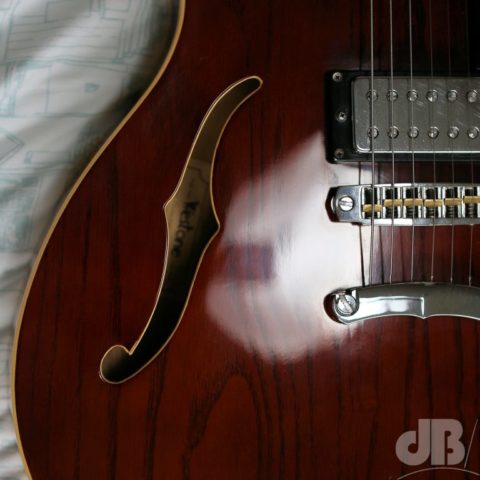TL:DR – A quick summary of how I set up for bird photography.
I get asked a lot about what camera (and lens) I use to take my bird photos. It comes with a simple answer. Most of the time, I use a Canon 7D Mark ii (a model first launched in 2014). I bought the 7Dii during the first COVID-19 lockdown (March 2020). It was cutting edge when it was launched and was a leader for the top-end pro-sumer wildlife photographer for many years because of its focusing abilities and burst mode rates. It’s very susceptible to noise, more so than the Canon 6D I used for a few years before buying that camera.
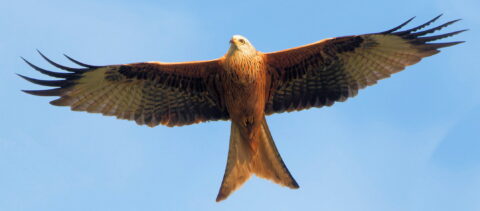
I have various lenses, but the one I use while birding (or strictly speaking togging) is the Sigma Contemporary 150-600mm F5-6.3 DG OS HSM. This lens was launched in the same year as the camera, I bought mine in January 2017. It is a relatively slow lens in terms of aperture and that combines detrimentally with the noisiness of the camera. But, the total cost of my kit was far less than if I’d gone full professional Canon for the camera and a big aperture zoom, four or five times cheaper in fact.
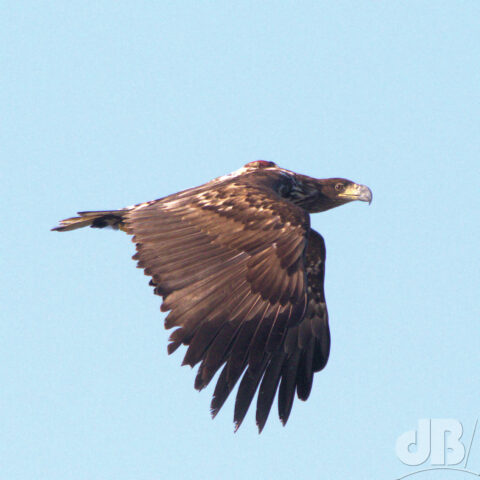
I have to admit, I am rarely 100% happy with the photos I get with this equipment but I shoot RAW and software can counter the kit’s limitations to a degree. I’ve mostly used PaintShopPro (PSP) in recent years although I did some Photoshop training many years ago and used that for several years. I recently turned to RawTherapee for converting the camera RAW file into an editable format that I could then tweak with PSP, but I moved over to the Topaz AI software for a time. The Denoise AI is very good at removing motion blur, as I reported here some time ago. I’ve looked at Adobe Lightroom once or twice, but never stuck with it, see also the open source alternative to Photoshop known as GIMP, GNU Image Manipulation Program.
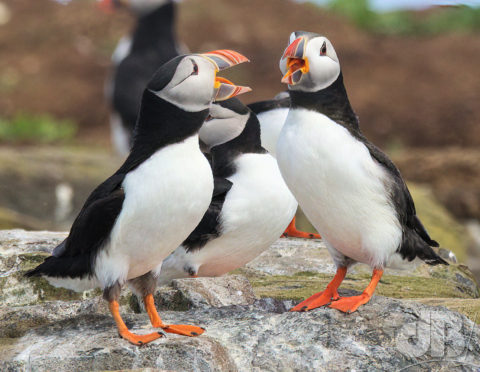
However, I discovered DxO’s PureRaw, which does denoising rather better than anything I’ve tried before. I would say applying it to a fairly noisy photo is equivalent to having been able to stop down three stops (akin to going from ISO 3200 to 400 but without the loss of sensitivity) of ISO with the same aperture and shutterspeed. That makes a big difference with my Canon 7Dii and the Sigma lens, it has to be said.
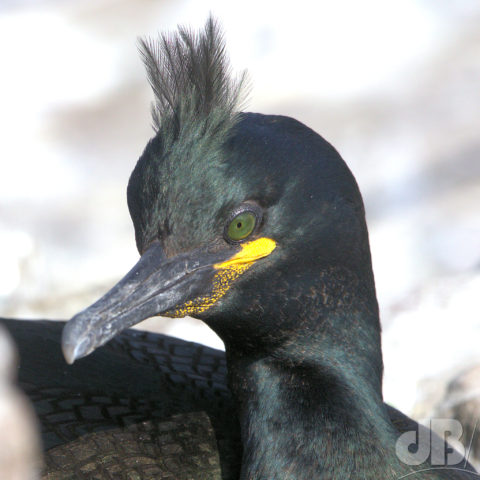
My developing process usually follows a sequence whereby I use the denoising in DxO Photolab (which is the same as in the standalone PureRaw software) to remove noise as best it can and to apply some basic levels and sharpening adjustments. The software also makes standard adjustments for known aberrations in the camera-lens combination. I then export the resulting file and then open that in PSP to do final levels tweaks to adjust brightness, contrast, pull in the blacks, bring out the whites, lift the shadows and vibrancy, do an unsharp mask and then add my dB/ logo and add it to my online galleries, social media, or use it to illustrate an article or blog post or whatever. Sometimes, I just show the result to Mrs Sciencebase and then archive the image.
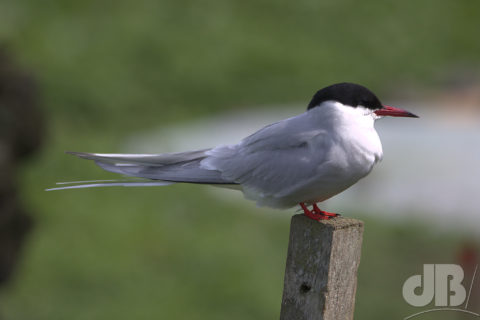
A few people have expressed surprise at the quality of a particular photo given the vintage of my camera and the type of lens I’m using. I think I could do better with a professional digital SLR, but they’re expensive and it’s not three years since I replaced my 6D with the 7Dii and I don’t feel like I can justify an upgrade. As to lenses, I’d love to be able to splash the cash on a big prime telephoto or maybe just a fast zoom with a big focal length, but again…cost.
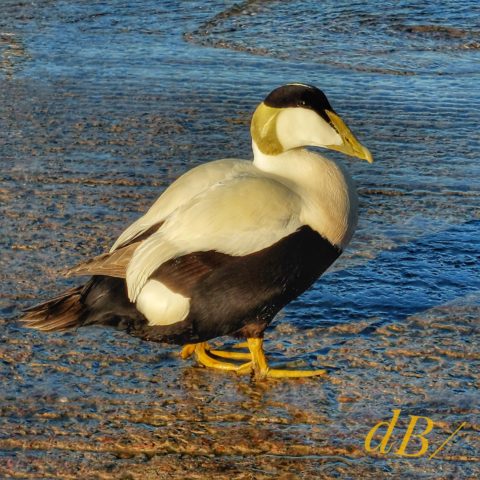
As to mirrorless, I’ve handled one or two, I really don’t like looking at a screen to take a photo, maybe that’s old school, but I want to feel like I’m looking at my subject through glass rather than pixels, at least for now. Moreover, I’ve not seen any results with mirrorless cameras that better the top-end professional shots taken with dSLR.
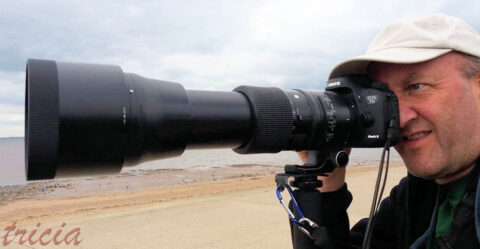
Give it a year or two and things will have improved and my viewfinder stance might have changed, I suspect I will get myself some better kit for my 60th birthday, but then there’s always the urge to get a new electric guitar too…
